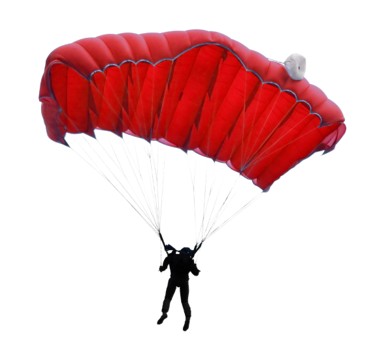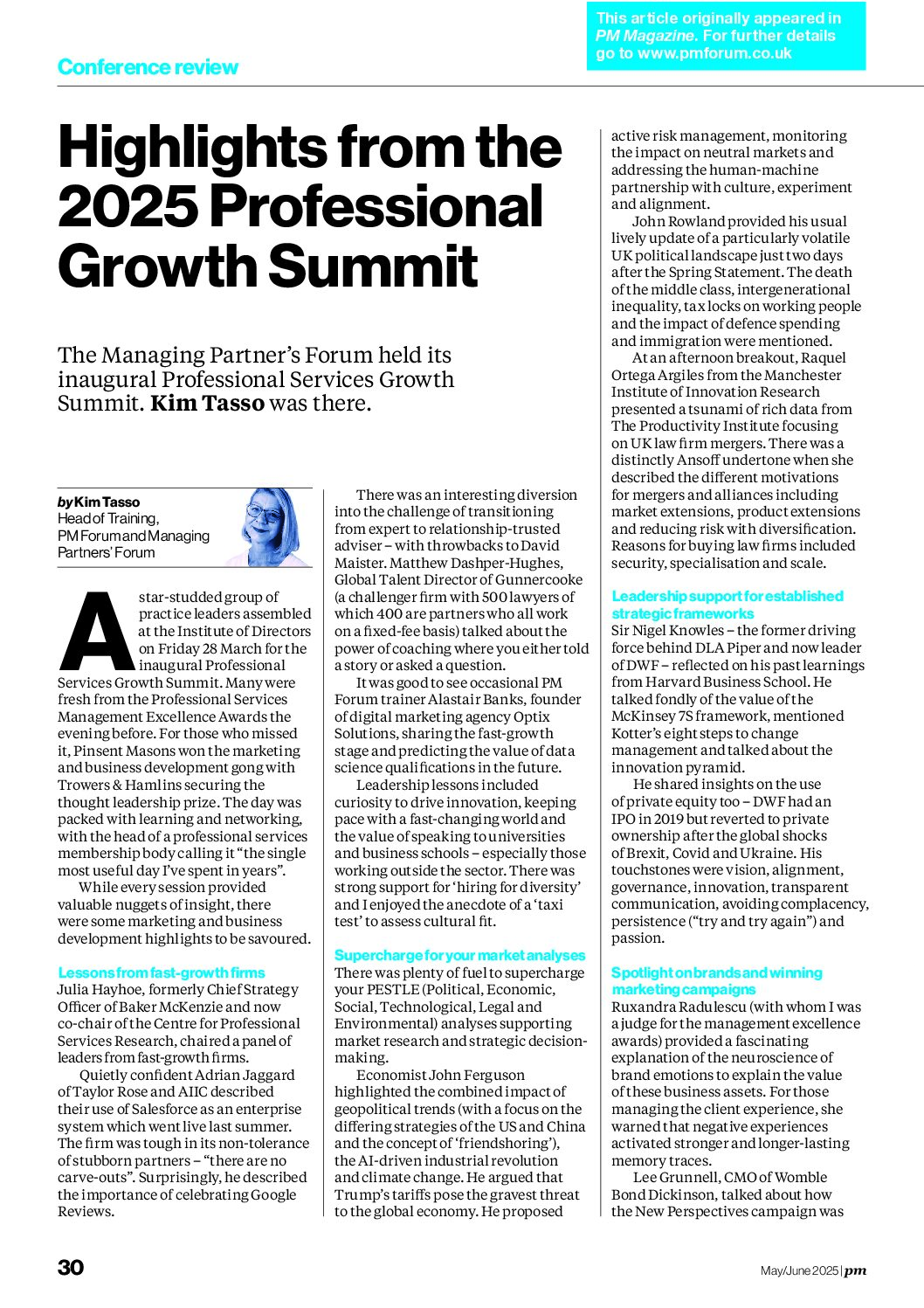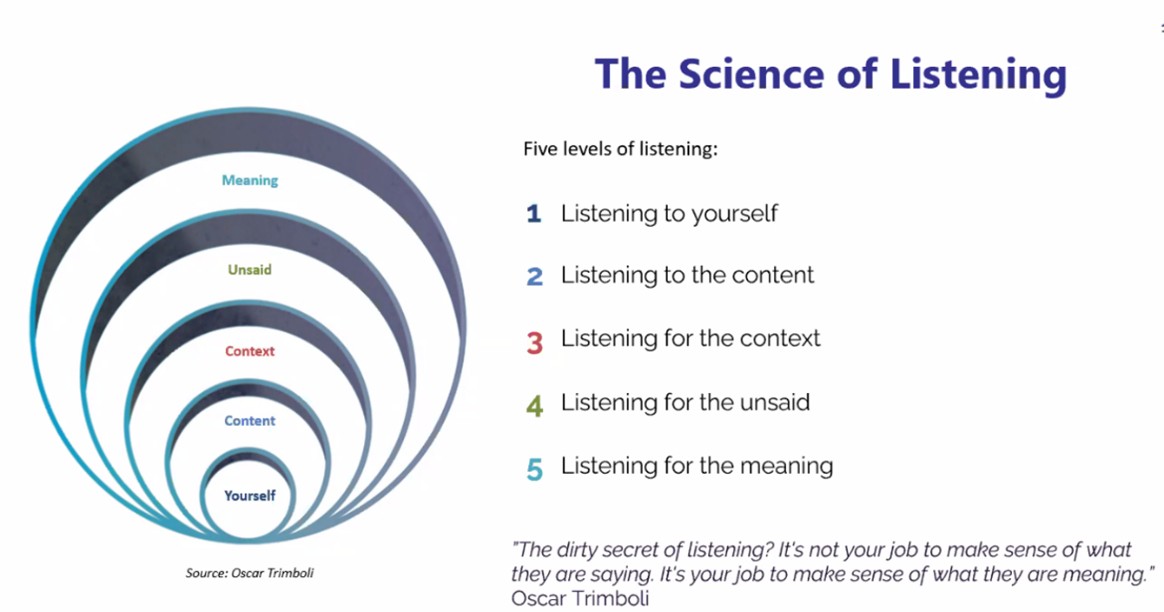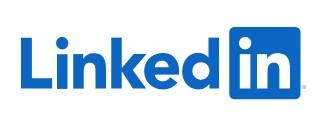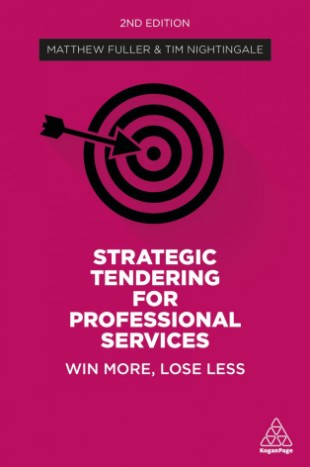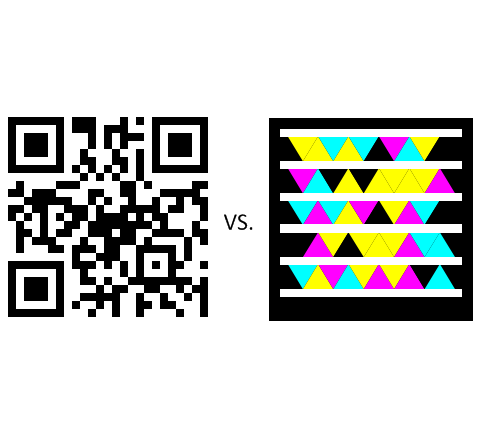
Noticed those small square graphical images that have started to creep onto the pages of print media and other promotional materials? I even received a business card recently with a tag on the back. Personally, I prefer the aesthetics of the QR (Quick Response) tags although some experts argue that the more angular Microsoft tags are most likely to prevail.
What are tags? They are a “call to action” for brands for use in communication campaigns – particularly on printed advertisements. Some argue that they are for mobile phones what URLs were for the Internet – a way to get quickly to the specific, rich content (web sites or YouTube) for consumers at the point of consumption.
How do you use them? Well, the idea is that you download an App onto your smartphone which contains a scanner. You then position the scanner over any tag on an advert or promotion of interest and you are taken instantly takes to the relevant URL/web site or other content.
So, in effect, it makes it easier for folk to reach on-line information. I guess as URLs become longer there are benefits…and it also means that you can direct people to specific parts of your web site (for example – to specific campaign or offer pages) without overtaxing their typing skills. And you can get immediate engagement – whether a web site visit, downloading a PDF, entering a competition, registering for text alerts, a video tour or a request for further information.
How popular are they? The sectors that dominate tag use at present are fashion, media and travel. Recent stats showed that: one billion Microsoft tags have been printed in the last six months, 50% of all US publications now carry tags, QR codes have increased by 1200% in the last six months and Microsoft TAG use is increasing 70% month on month.
There are some issues though. First, I had to get two Apps – one for QR (more common in the UK) and one for the Microsoft ones (more popular in the USA). Second, although I don’t have particularly shaky hands, I find it rather tricky lining up my phone to allow the scanner to get a good enough image to take me to the relevant web page. Can you imagine how much more difficult it might be if you are trying to scan a tag on a property hoarding that’s at a distance? Third, it seems most applications are in the B2C space rather than the B2B space.
How much does it cost? Obviously, for the client or customer there is no cost – the Apps are free and they don’t even need to register their details to get started. I recently obtained a quote for a trial campaign for three projects and the cost of setting up the tags, preparing a branded action page, developing a PDF and some other work came in at under £3,000. So it isn’t prohibitive costs to give it a try. However, there were further costs associated with printing and other promotion (see below).
Anyway, whilst I am not an expert by any stretch of the imagination, I recently talked to a client about the potential use of tags in a campaign. Our discussions were helped considerably by the expertise of Ignition Mobile (Thank you!). There are a number of things to think about when integrating tags into a communications campaign.
- What’s the smartphone use amongst your target audience?
Whilst smartphones are ubiquitous, not every market or client group will use them as part of their working lives. Awareness and use of tags in many B2B markets is limited. Furthermore, are your own people sufficiently educated to know what the tags are for so that they can communicate effectively with the market(s) and clients about them? - Do you have access to the relevant expertise?
Unless you are blessed with one of the rare individuals who is familiar with tag technology, then you will need to use an external agency to get you going. - Which type of tag?
Do you go with the QR or the Microsoft version? Do you use colour or monochrome or both? Do you, as some have, incorporate your logo or some other visual device into the tag? If you intend to use lots of tags for different brands or campaigns then you may need to think through your strategy for designing and managing them. - Is your web site ready?
To be really effective, you need to be able to set up new web pages quickly for the various tags that you plan to use on different campaigns. The statistics that you can get for monitoring tag use are one of the major benefits, and you will want to know how effective they are before adopting them mainstream into your marketing. - Are your monitoring systems ready?
You’ll need a system to track which tags are linked to which campaigns/web pages and have the resources available to monitor use and manage links. Also to analyse which tags are most effective and how many leads generated using tags actually convert to profitable business. - Cost/logistics of reprinting your materials?
Beyond using tags in advertisements, you need to think about their use on other printed materials – on brochures, fliers, banners, boards and signs. And business cards. There is a cost involved in designing and reprinting these items. You may want to pilot their use and test effectiveness before committing to reprint all your materials. - Be ready for personal follow up.
As with all communications campaigns, once you have managed to get your clients to use the tag and initiate engagement you need to encourage them to provide their details (and permission) for you to make a rapid follow up call through email or the telephone. Otherwise, the interest generated in your campaign won’t be converted into business.




